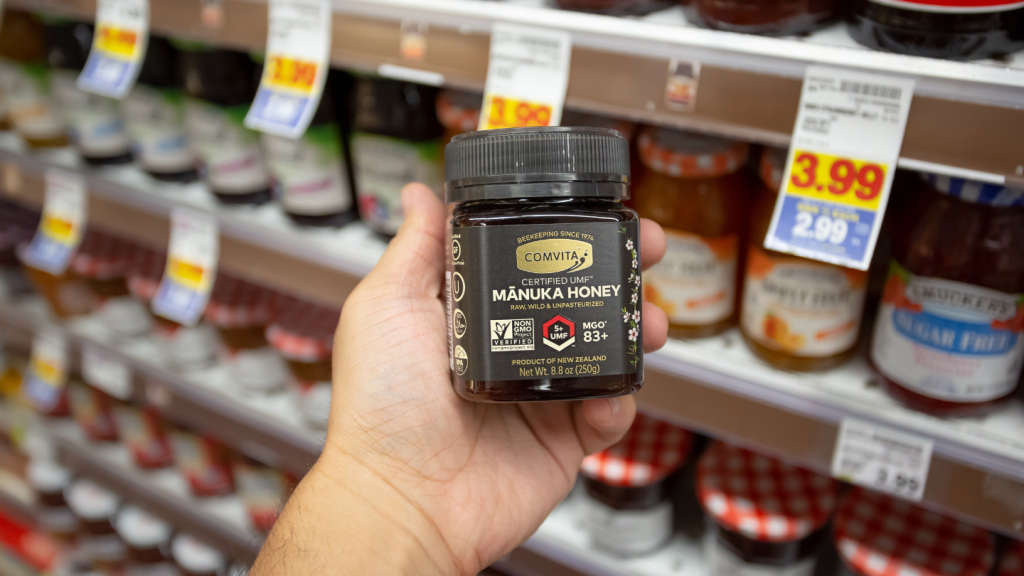Food commodity prices across the globe hit a 20-month high in November, according to the latest index from the UN Food and Agriculture Organization (FAO).
Averaging at 127.5 points, the FAO Food Price Index rose by 0.5% in November, reaching its highest level since April 2023, driven by surging international vegetable oil prices.
The FAO Vegetable Oil Price Index saw a 7.5% increase in November, marking its second large rise in two months and a 32% surge from the previous year.
Global palm oil prices rose due to concerns about lower output from excessive rainfall in South East Asia. Soy, rapeseed, and sunflower oil prices also increased due to tight supply.
The FAO Dairy Price Index continued its upward trend, rising by 0.6% in November.
It was driven by increased global demand for whole milk powder and “record-high” butter prices due to strong demand and tight inventories in Western Europe.
Cheese prices also increased due to limited export availability.
Other sub-indexes experienced declines.
The FAO Cereal Price Index fell by 2.7%, with global wheat prices declining due to weaker import demand and increased Southern Hemisphere harvests.
Maize prices remained stable, balancing strong demand in Brazil and Mexico with favourable weather in South America.
The FAO All-Rice Price Index dropped by 4%, influenced by increased market competition and currency fluctuations.
The FAO Sugar Price Index decreased by 2.4%, impacted by the start of the crushing season in India and Thailand and improved sugarcane crop prospects in Brazil.
Lower pig meat prices in the EU, pushed the FAO Meat Price Index by 0.8%, the UN body said.
Prices for ovine and poultry meat declined slightly, while bovine meat prices remained steady, as higher Brazilian export prices balanced out reductions in Australian prices.
The FAO's new Cereal Supply and Demand Brief forecasts a 0.6% decline in global cereal production in 2024, totalling 2,841 million tonnes.
Wheat output is expected to remain stable at 789 million tonnes, while maize output is forecast to decline by 1.9% to 1,271 million tonnes.
Rice production is projected to increase by 0.8% to a record 538.8 million tonnes.
















